The Supreme Court concluded contempt proceedings initiated against the Delhi Development Authority (DDA) and its officials over the felling of trees in Chhatarpur, part of Delhi’s southern ridge. The court acknowledged the authority’s violation of established legal orders but allowed the matter to close after considering the project’s public purpose and the DDA’s subsequent actions.
The contempt petition was filed by Delhi resident Bindu Kapurea in 2024. She alleged that the DDA had deliberately misled the court while seeking permission to cut trees on ridge land, a sensitive ecological zone identified as a protected green area under earlier Supreme Court orders.
Background
The DDA had applied to the top court on March 4, 2024, seeking approval to fell trees to facilitate road construction. However, before this request could be heard, trees were cut in February 2024. Kapurea’s legal team, consisting of senior advocate Gopal Sankaranarayanan and advocate Manan Verma, informed the court of this action, stating that it constituted contempt since a 1996 Supreme Court order prohibits tree felling in the ridge area without prior judicial permission.
The court issued a notice on the petition in May 2024. It asked for responses from the DDA, its then vice chairman Subhashish Panda, the Delhi government, and the Delhi lieutenant governor, V.K. Saxena, who also serves as chairman of the DDA.
Court Proceedings and Findings
A bench comprising Justices Surya Kant and N. Kotiswar Singh examined the submissions made by all parties. The court observed that the DDA had indeed failed to inform it about the pre-emptive action taken in February. This omission, the bench stated, placed the authority in contempt.
However, the court also recognized that the tree felling was linked to a road-widening project meant to provide access to a newly constructed multispecialty hospital. The judges noted that the construction of the hospital had been completed and it was awaiting inauguration.
The DDA vice chairman, Subhashish Panda, submitted that he had been on leave at the time the trees were felled and had subsequently left the post. The court took note of his explanation and decided not to proceed further against him.
Disciplinary and Remedial Actions
An internal inquiry conducted by the DDA identified three officials as being responsible for the violation. Based on the findings, the Supreme Court imposed a fine of ₹25,000 on each of these officials. This amount is to be paid towards environmental restitution. The court also clarified that its order does not preclude the DDA from taking separate disciplinary action against the involved personnel.
The court emphasized that government bodies must be cautious and transparent when it comes to compliance with judicial directions, especially in ecologically sensitive zones like the Delhi ridge. It reiterated that the 1996 order banning tree felling in this region remains binding unless specifically relaxed by the court.
To address the environmental impact of the approximately 1,000 trees that were felled, the DDA submitted a proposal for compensatory afforestation on a plot of 185 acres. The Supreme Court accepted this plan as a measure to compensate for the loss of green cover.
A committee comprising three court-nominated experts was tasked with overseeing the afforestation initiative. The committee will work in coordination with officials from the DDA and the Government of the National Capital Territory (NCT) of Delhi. The objective is to ensure that the compensatory afforestation is carried out in a manner consistent with ecological guidelines and sustainable land use.
The Delhi ridge is often referred to as the city's green lung, and it plays a key role in regulating temperature, controlling dust pollution, and maintaining biodiversity. Recognizing its significance, the Supreme Court has repeatedly directed that no deforestation or construction activity should take place there without prior judicial scrutiny.
In concluding the contempt proceedings, the court reiterated that although the DDA’s actions were contrary to established legal procedures, it had considered the broader public purpose behind the project. The steps taken by the DDA to rectify the situation, including compensatory planting and internal accountability, influenced the court's decision to treat the matter with leniency.
This order brings closure to a year-long legal issue that raised important questions about compliance with environmental protection orders, institutional responsibility, and the balance between development and conservation.
Image source- sci.gov.in


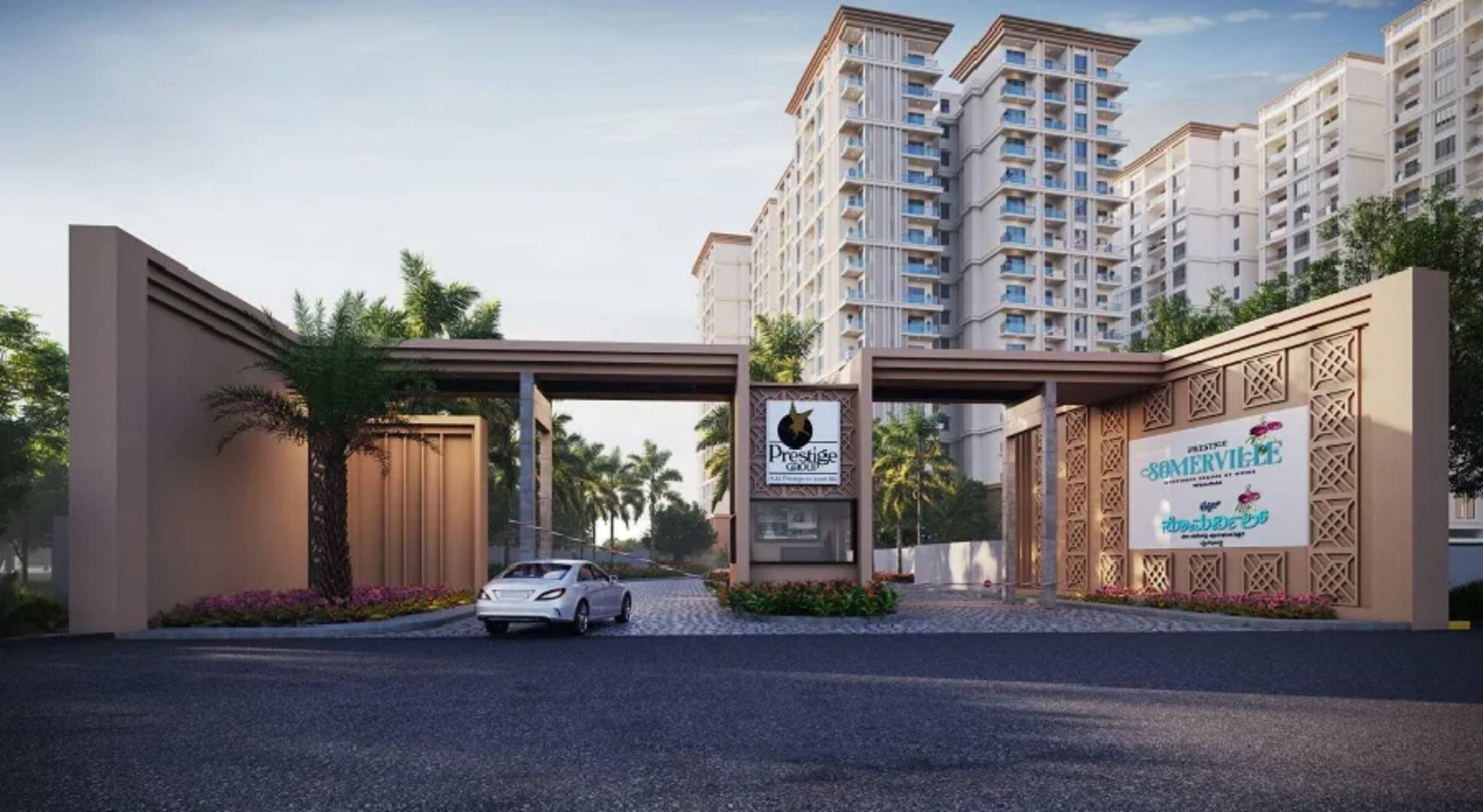
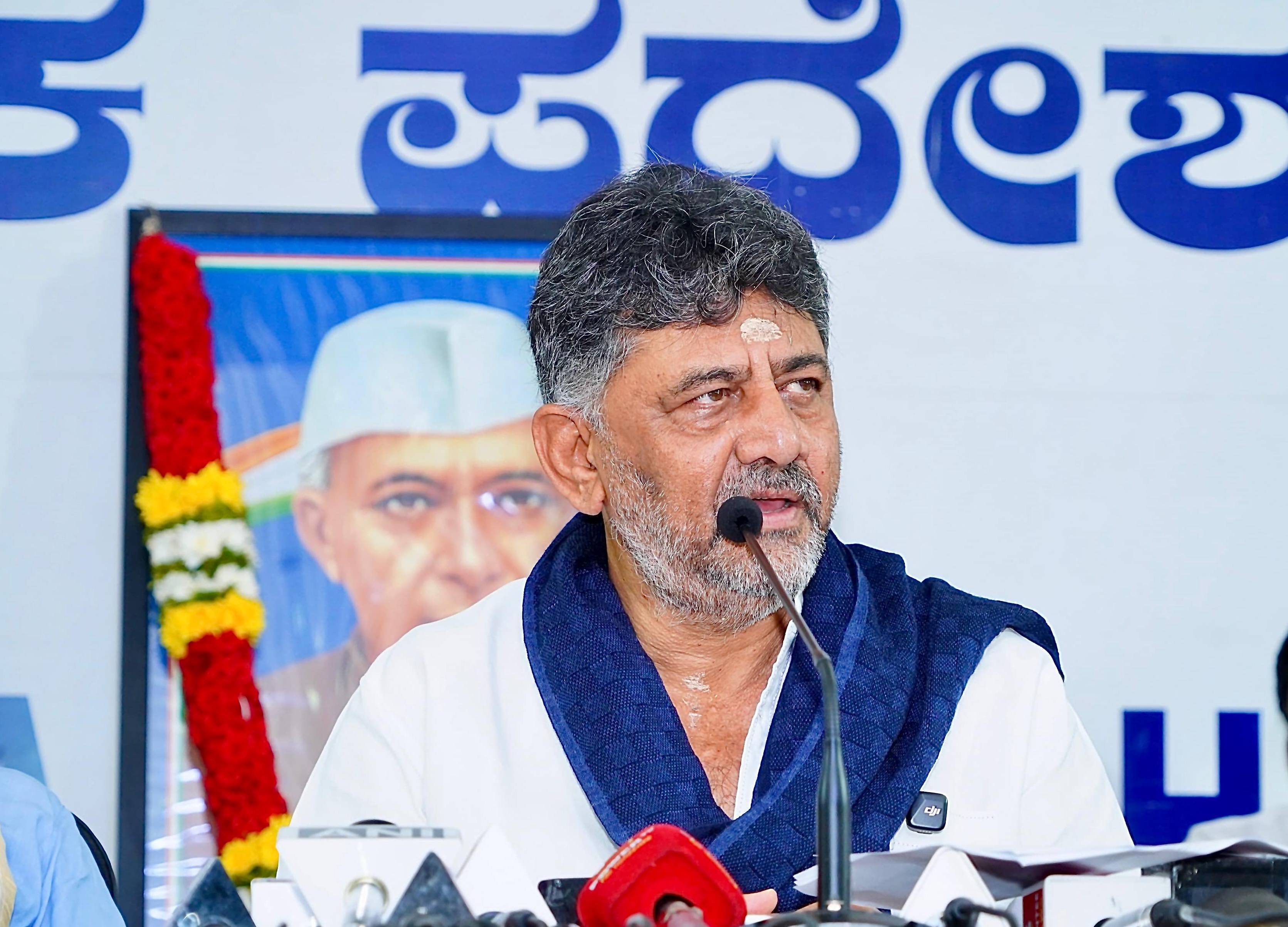
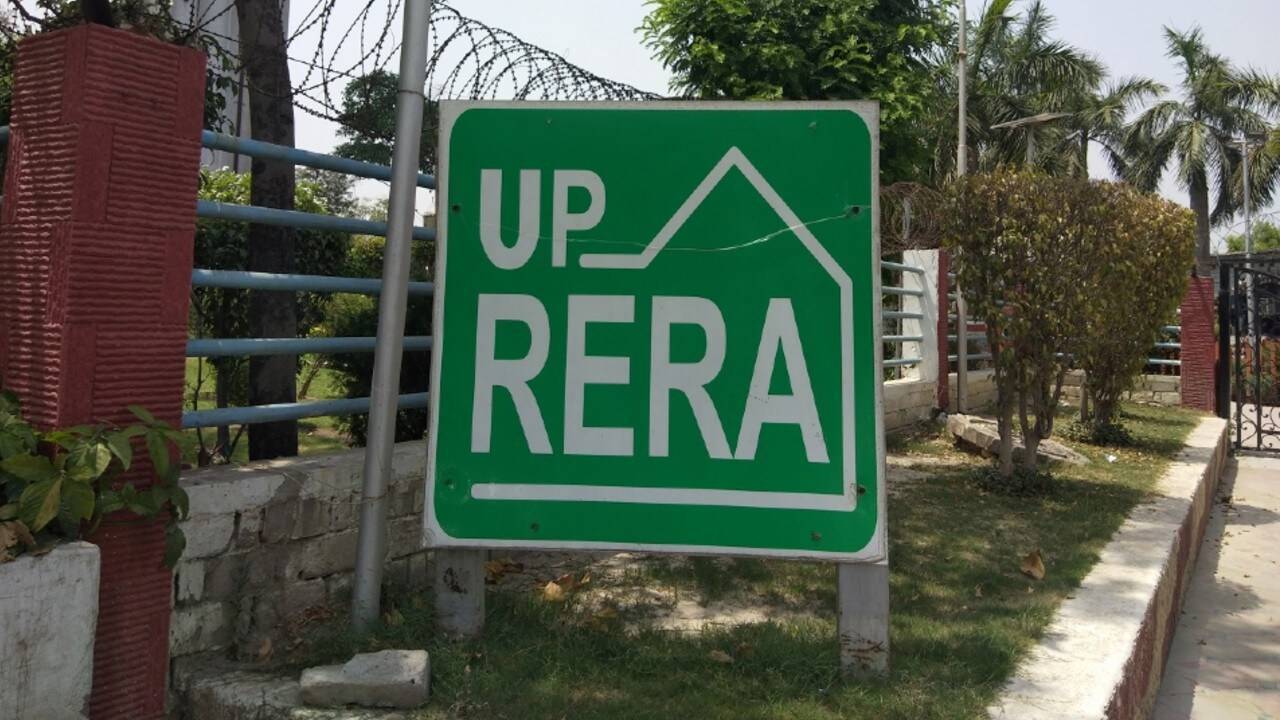

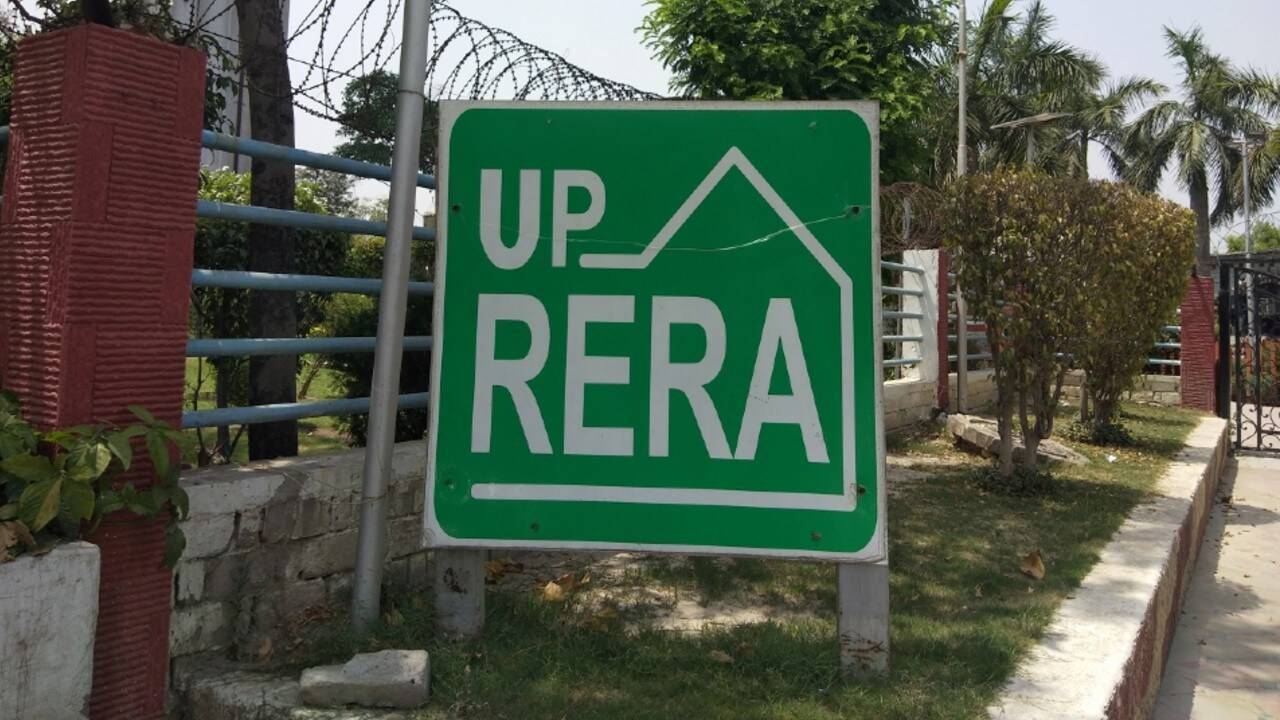

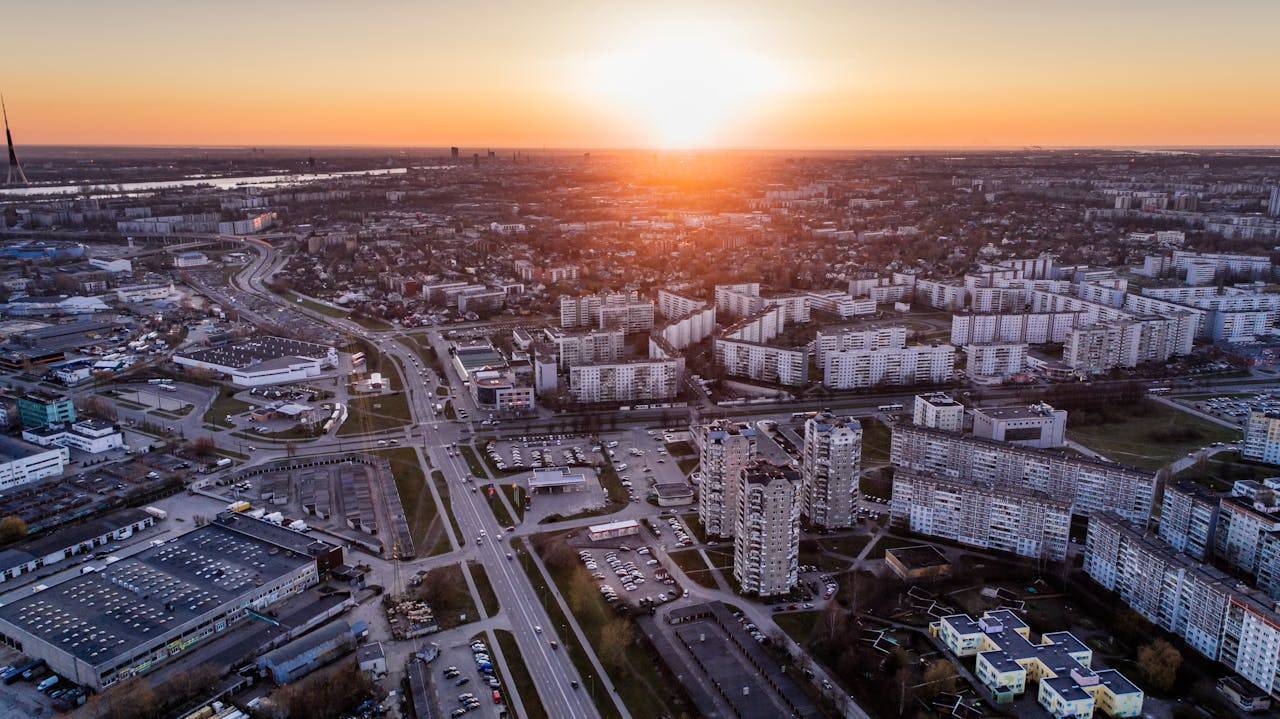
.png)